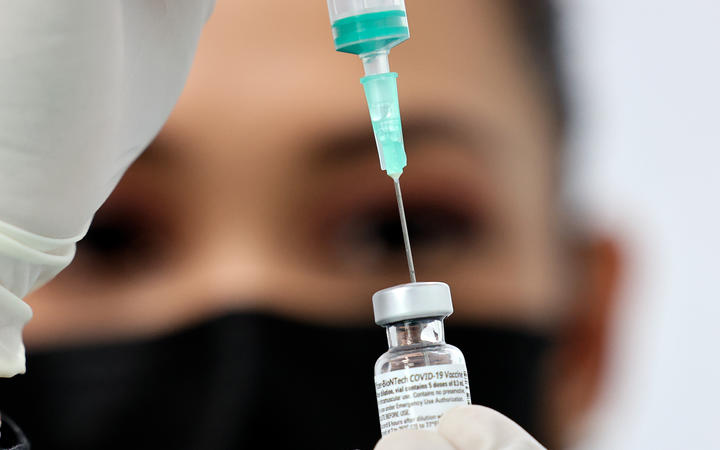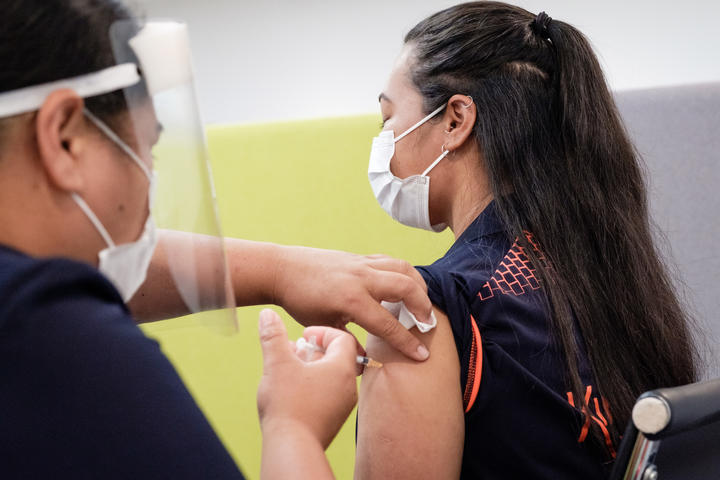Following the economic downturn of COVID-19, a renewed interest has emerged in the idea of a Universal Basic Income (UBI). This development has been visible on the UK political scene, with 170 MPs and Lords calling for an “Emergency UBI” in the wake of the first national lockdown.
In practice, a UBI would give every citizen a guaranteed weekly government payment to supplement their main earnings. In effect, it would provide those hit hardest by the COVID recession with a baseline economic security; “a basic income floor”, as Prospect puts it.
In being an expansion of the welfare state, advocacy of a UBI tends to be more common on the ideological left. Indeed, it was the leftist Green Party who advocated such a scheme in the UK’s last General Election, in proposing that every citizen receive a minimum of £89 per week by 2025.
But should the UBIs appeal be limited to those on the left, or can it find favour with a broader demographic? It is true that the concept has received support from contemporary figures across the political spectrum, with noteworthy examples including the free market economist Milton Friedman, the left-leaning economist Thomas Piketty, and the former US President Barack Obama.
It is my belief that the introduction of a UBI is a cause which all liberals should get behind. With its potential to facilitate greater individual freedom and economic opportunity, as well as an enhanced sense of social justice, I believe it aligns fully with modern liberal values.
It has long been understood by liberals that freedom from economic deprivation is as vital a consideration as freedom from physical harm. If a person is deprived the necessities of living, they can hardly be free to pursue a productive, prosperous life. It is for this reason that liberals uphold the need for a sufficiently sized government safety net. But with recent years witnessing a continual rise in the UK poverty levels, as seen in the upsurge in food bank usage, it would appear undeniable that the country’s current safety net is deficient in its size and outcomes.
Such a predicament is set to be compounded by the economic downtown inflicted by COVID-19. According to the Office of Budgetary Responsibility, as many as 3.5 million UK residents could find themselves unemployed in 2021. Such economic wounds would no doubt be deepened by the country’s ever-rising wealth gap, with this a major issue prior to the pandemic.
Liberals must be prepared to call on the Conservative Government to undertake swift, bold action fuelled by an openness to new approaches. Simply papering over the cracks will not do; the system needs significant reform and expansion, justifying the addition of a UBI to ensure the basic living costs of every citizen can be met.
If implemented, a UBI could provide a monetary foundation for those without large incomes to pursue the future they desire. Whether it be reducing one’s working hours to spend time with family, invest in a dream business venture, or embark on further study, the extra cash from a UBI would afford every individual with the enhanced freedom to pursue previously unattainable goals. As Liberal Democrat Councillor Rhys Taylor emphasises, it could restore the liberal vision of a social security system which gives “everyone the freedom, the dignity, and the opportunity to get to where they want to be”.
Detractors may well stress the costliness of such a scheme as making it unsustainable. Whilst these concerns are understandable, recently published estimates do cost a prospective UBI at around £8bn in net terms (based on a minimum weekly amount of £51). In amounting to just 0.5% of GDP, this can hardly be deemed an untenable sum. Also, if installed on a permanent basis there would be scope for some scaling down of means-tested benefits, allowing for a reduction in current administration costs. It would however be necessary to retain some current means-tested benefits, with the UBI’s prospective weekly amount unlikely to be enough to cover the essential costs of those on the lowest incomes.
Some may also object out of concern of normalising a culture in which government handouts are an acceptable alternative to work. But I do not think this would happen. With it being an unconditional form of government assistance, a UBI creates no financial incentive to choose welfare over work. It is perhaps the only form of welfare designed principally as a supplement to an individual’s earnings as opposed to a substitute. For most recipients, the additional income would serve to enable greater saving and investment, empowering them to progress more rapidly in their personal and professional lives. It would in no way undermine the realisation of greater economic opportunity.
It is also worth highlighting the recent cases in which UBI’s (in varying forms) have been implemented. Iran, Ontario and Finland are all examples of jurisdictions which in recent years have put the theory into practice. Reporting on the Iranian experiment confirms no adverse impact on employment levels, whilst in Finland levels of economic and mental wellbeing are reported to have improved. This would appear to dispel any notion of UBI being an unproven quantity.
With its clear potential to produce a freer, fairer, more opportunity-rich society, the case is strong for UK liberals to support a UBI. If its overriding function is to remove barriers to widespread freedom and prosperity, the idea undeniably complements the liberal vision for a better society.
It is noteworthy that both candidates in the last Liberal Democrat Leadership Election expressed their support for a UBI. I am hopeful this will form a lasting blueprint for the future liberal movement.
* Sam Wade has been a member of the Liberal Democrats since 2019







